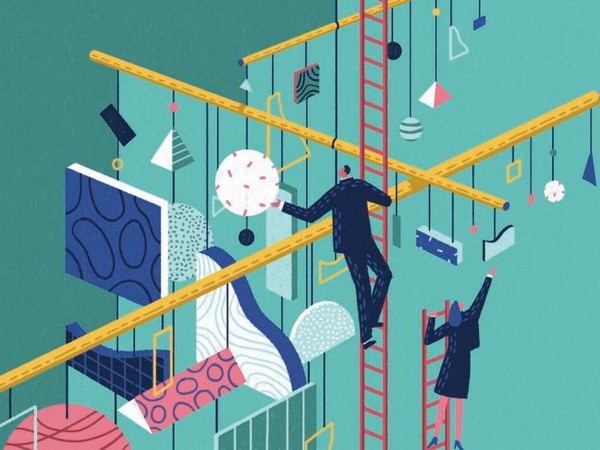New Delhi: India is the third-worst performer country in South Asia in World Economic Forum’s Global Gender Gap Report 2021. According to the report, India has slipped 28 places to rank 140th among 156 countries. In Global Gender Gap Index 2020, the country had ranked 112th among 153 countries. It is noteworthy that India has closed 62.5% of its gender gap to date. The report said India’s gender gap on this dimension widened by 3% this year, leading to a 32.65 gap closed to date.
Most of the decline occurred on the political empowerment subindex, where India regressed 13.5 percentage points, with a significant decline in the number of women ministers (from 23.1% in 2019 to 9.1% in 2021). Among India’s neighbours, Bangladesh ranked 65, Nepal 106, Pakistan 153, Afghanistan 156, Bhutan 130, and Sri Lanka 116. Among regions, South Asia is the second-lowest performer on the index, with 62.3% of its overall gender gap closed.
The WEF report benchmarks the evolution of gender-based gaps in four areas: economic participation and opportunity, educational attainment, health and survival, and political empowerment. It also examines the drivers of gender gaps and outlines the policies and practices needed for a gender-inclusive recovery. In India, inadequate representation of women in professional/technical or senior management roles is further exacerbating the economic participation gender gap, under-representation of women in politics thus often neglecting the need for gender-sensitive and inclusive policies, gender-based income disparity in both organized and unorganized sector. In agriculture, construction, etc. women are paid far less than men, and dysfunctional and poor healthcare for women leads to high maternal mortality and malnutrition lowering their economic participation.
“India is the third-worst performer in the region, having closed 62.5% of its gap. Because of its large population, India’s performance has a substantial impact on the region’s overall performance,” the report stated.
Tanya Singh, Director, IPE Global, a think tank international development consulting firm, told The Sunday Guardian: “The pandemic has a huge role in widening the gender gap. The WEF Global Gender Gap 2021 report also states the same explicitly. With schools and nurseries partially open, women are taking on most of the unpaid care work, reducing their hours or giving up paid work. They are more often than expected to care for the family and, are fit into the stereotypical roles of cooking, cleaning and parenting, etc. Many women are also on the frontline, delivering essential services, usually the lowest paid or in insecure work. It is without a doubt that the pandemic has disproportionately affected the lives of women who are now into double duty and required to juggle between work and home. This is exhausting them both mentally and physically, thus forcing many to quit their jobs. The widening of economic participation gender gap by 3% as per WEF 2021 Report is a reflection of this fact.”
Several factors have led to this poor performance by India in the WEF report. Skewed distribution of resources and opportunities between men and women, and lagging female to male literacy evident from
“At the macro level, there is a need for policy initiatives to empower women and tighter implementation of existing ones to reduce the gender disparity in India. But small steps also count. Higher representation of female leaders can be a source of inspiration for others to pursue their dreams and aspirations. Improved access to information among women can build their professional interest and increase their economic participation. A concerted effort between the local and national levels can drive change. With the WEF 2021 report data staring in our face, the country must invest and commit towards this for a more promising future to meet its commitments towards achieving the UN SDGs. We surely do not want to wait for 135 years as per the WEF Global Gender Report 2021 to bring equality between men & women,” Singh said.
Bangladesh which is the best-performing country in the region has closed 71.9% of its gender gap so far. Iceland is the most gender-equal country in the world for the 12th time. The top 10 most gender-equal countries include Finland, Norway, New Zealand, Rwanda, Sweden, Ireland, and Switzerland.

